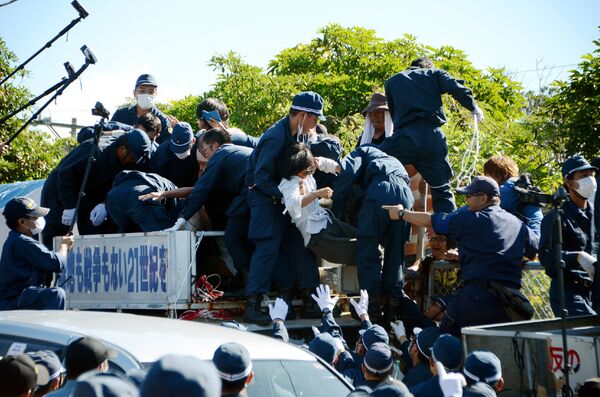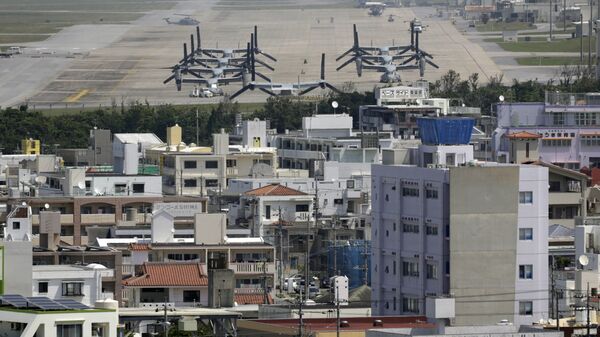“I hope your leadership will be strong and gives us opportunities for fruitful discussion of the relationships between Okinawa and the USA,” – the report cites the telegram as saying.
Earlier on Wednesday, Onaga expressed hope that Donald Trump’s victory may lead to a reduction of the US military presence in Okinawa.
“While I am hopeful about the measures Trump is going to take regarding the Okinawa base issue, I would like to keep a close eye on it,” Onaga told reporters at the prefecture government office, the report says.
The governor, who opposes the relocation of a key US base within Okinawa, said he plans to visit the USA again, possibly in the beginning February.
“I want Trump to hear the voice of Okinawa,” Onaga added.

Although Japan has its own military, tens of thousands of US troops have been stationed in Okinawa since 1945. The island was invaded by the US between April and June, 1945 during one of the bloodiest extended battles fought between the US and Japan; over a third of Okinawa's pre-war population of 300,000 is estimated to have perished. Washington only granted the island sovereignty in 1972. Japan pays about $1.8 billion annually for hosting American troops.
Okinawa and its surrounding archipelago lie south of Japan's four main islands constitute only 0.60% of Japan’s territory. Nevertheless, it hosts 74% of U.S. marines based in the country.
According to the Okinawa government, up to 25,800 US military personnel, and 19,000 members of their families and civil personnel are based in Okinawa now.
The US military presence still generates widespread protests because of rapes and other crimes committed by American servicemen. Since 1972, an average of 23 incidents (including 13 criminally liable acts) involving US servicemen have happened there annually. According to the Japanese Ministry of Foreign Affairs, the total number of crimes committed by US servicemen in Okinawa is above 4,700. Most of them escaped punishment.
To make matters less comfortable for locals, there have been US aircraft crashes over residential areas. For example, V-22 Ospreys crashed there three times, resulting in six deaths and several minor incidents, since the helicopters were introduced in 2007.



